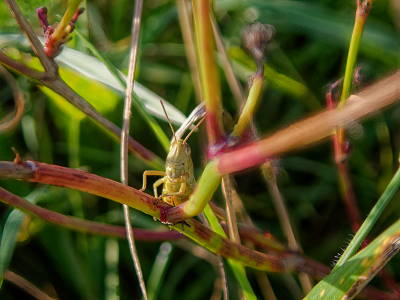INSECT PHOTOGRAPHS
This is a very small selection from my hundreds of natural history photographs. They are not all technically good. Some were made in Devon, England, some in Almería Spain and some in the Kennemerduinen, Noord Holland. They were made with a variety of cameras. In Spain with a 3.5 Mb early digital Panasonic or Nikon and later a 12 Mb Pentax WG3, in Holland with the Pentax and an Olympus TG6, very recently a Sony A6700 with manual Pentax lens and in Devon with the TG6 using focus stacking. The limitation of focus stacking is that it precludes large movements. But I had also previously attempted macro analogue imagery with bellows and inverted lenses.
My interest in natural history derives from late childhood when I metamorphosed from a sad urban child burning butterfly wings with a magnifying glass to a rural one actually studying them. The family doctor was a keen naturalist and loaned me books by Henri Fabre which I found totally absorbing. Pathologically shy due to childhood trauma I was never able to fully appreciate his friendship. For my 11th birthday my parents gave me New Naturalist 1, Butterflies by E.B. Ford. We lived on the edge of an extensive coastal dunes and salt marsh wilderness and in front of the house was a small field of what is called in Scotland machair in which insect and reptile life was profuse. In it was a colony of large blue whose larvae I observed being tended by ants and of course the annual cycle of insects. In summer it had a flickering haze of colour from the then thousands of butterflies (before intensive insecticides and miximatosis). In the garden walls were colonies of mason bees. Fabre gave me insights into their social life. The coast was sandy beaches between Precambrian rock archipelagos where we could find a bewildering range of creatures, plants and algae. One favourite was the sea horses and pipe fish found only in one sheltered deep.
My career intention was to become a marine biologist, thwarted by my parents because to them it was not practical and would not earn a living. That I acceded to this is still a source of deep regret.
In Spain my home had 36 hectares of reverting agricultural land, again with profuse life of all kinds. I never exhausted its possibilities and leaving it was traumatic. Winters were temperate savannah, summers desert. Stark contrast with the Netherlands. The scenery was incredible but the natural history was totally absorbing.
I hope you can enjoy some of this collection. They look rather fuzzy on a large screen due to resizing.
























